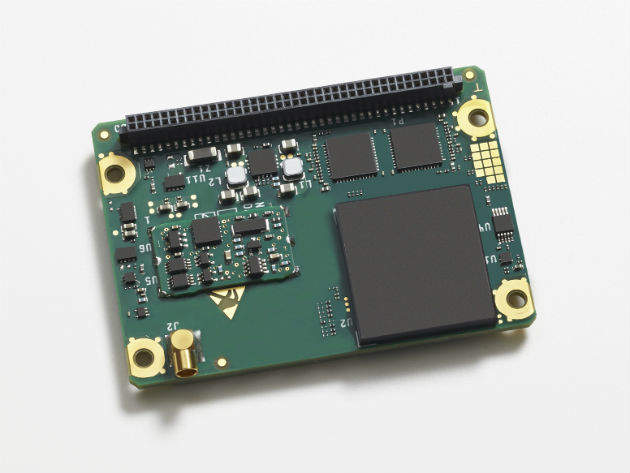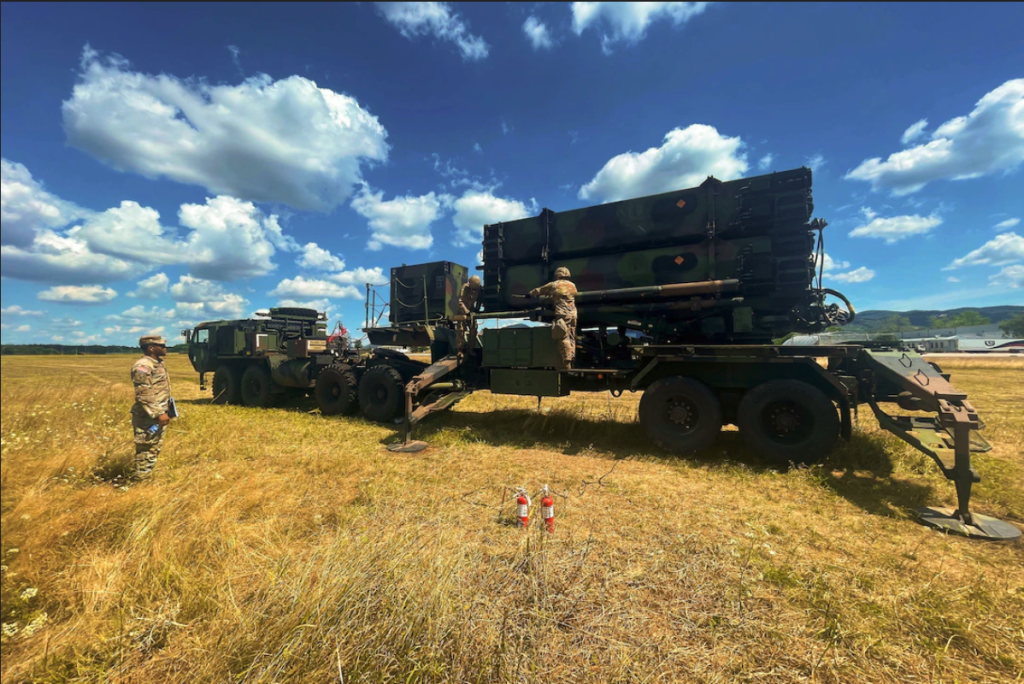
GPS guidance for weapons has taken off for the US and allied militaries over the past two decades as a more precise and reliable alternative to laser or radio-guided munitions.
Kits that convert unguided bombs into all-weather ‘smart’ munitions, such as the Boeing Joint Direct Attack Munition (JDAM) guidance kit, are widely deployed; in 2013 the company marked production of the 250,000th JDAM kit. These kits guide by an integrated inertial guidance system paired with a GPS receiver; new variants such as the Laser JDAM and JDAM Extended Range providing the ability to prosecute moving targets and deploy the weapon from greater distances.
The Raytheon AGM-154 Joint Stand-off Weapon (JSOW) also uses integrated GPS inertial navigation with thermal imaging infrared seeker. This weapon has been modified under the JSOW C-1 programme to add a two-way strike common weapon datalink to provide a network-enabled weapon with a range of more than 100km.
The Guided Multiple Launch Rocket System (GMLRS) unitary rocket from Lockheed Martin – which is widely deployed, including by The British Army – also use GPS guidance to deliver 200lb high explosive warheads to target with pinpoint accuracy.
And the use of GPS by military forces is not confined to the guidance of weaponry; it also plays a major role in the navigation system of military air traffic, including helicopters, fast jets and transport aircraft, and unmanned aerial vehicles (UAVs) such as the Predator B/MQ-9 Reaper.
But, while GPS guidance has improved capabilities of all of the above, its inherent fragility and liability to jamming and spoofing has forced military forces to expend significant investment into securing GPS signals to ensure they cannot be tampered with by enemy forces.
The threat to GPS-guided weapons
GPS attacks have been on the rise over the past decade. Russia in particular has taken a keen interest in exploiting Western militaries’ dependence on GPS. In May the country was reported to have successfully flight tested an anti-satellite missile designed to destroy satellites that provide US navigation, communication and intelligence satellites. Tactical GPS signal jammers are also thought to be in development.
North Korea is also known to be jamming GPS signals along the demilitarised zone on its southern border, affecting South Korean aircraft and commercial maritime vessels operating in the area. North Korea has conducted a series of targeted jamming attacks against South Korean military and civilian targets over the past few years, and is thought to have purchased Russian built technology to do so.
The danger of GPS jamming, which prevents the systems that rely on GPS signals from being able to ‘navigate’ to their targets; and spoofing, where enemy forces accurately simulate a GPS signal and capture the user’s receiver in order to misdirect the weapon or platform, is that it presents the potential for the weapons of military forces to become either unusable or a threat to their own personnel and equipment.
Improving the security of GPS systems
Efforts to make military GPS satellites as secure against attack as possible begin at the source. The US military is currently working to modernise its GPS system with the next-generation GPS III system. This programme, led by the US Air Force and Lockheed Martin, will deliver more advanced capabilities, improving position, navigation and timing services and providing advanced anti-jam capabilities. This will make GPS III up to eight times more secure; and more accurate and reliable than the existing GPS system.
A major part of improving anti-jam capabilities and increasing security is the development of a new military signal called M-Code. While transmitted in the same frequencies as the current system, M-Code is broadcast from a high-gain direction antenna and a wide angle antenna, providing a high-powered signal that resists jamming and interference. M-Code is also designed to be autonomous, which will allow users to calculate their position using the M-Code signal only.
Under MGUE, ground-based M-Code compatible equipment is in development by L-3 Communications, Raytheon and ROCKWELL COLLINS. This equipment – user terminals and circuit card technology – will use advanced microelectronics to make the new GPS system and M-Code useable by avionics, weapons and integrated sensors systems in the land, air and maritime environments. The receivers will also work with legacy signal systems.
A European view: protecting the Galileo satellite-based navigation system
The European Galileo Global Satellite Navigation System (GNSS), which will provide European satellite navigation independent from US systems by 2019, is also driving development. Galileo will have the capacity to provide military navigation when required, but it will be a mostly civilian system, providing navigation data to users such as mobile phones, car navigation devices, emergency services, transport services and the automatic identification systems used on commercial and private shipping vessels.
Dependence on GPS systems makes the satellite systems that provide them an attractive target to jamming attacks – or ‘cyber’ attacks – as seen in GPS jamming attacks by North Korea on South Korean car navigation systems and cell phone towers in 2012.
In order to mitigate the risk of GPS attacks on Galileo, QinetiQ has developed a navigation receiver called the GNSS receiver, which is designed to process encrypted signals from the Galileo Public Regulated Service services, as well as Galileo Open Service and GPS Standard Positioning Service. It will offer highly secure, accurate and reliable position, velocity and timing intended for users with a mission critical need such as governments, the military and emergency services across Europe.
The receiver, which is based on the military standard SEM-E form factor, is also designed for integration into multi-sensor navigation systems and is designed to provide high levels of protection against jamming and spoofing.
As military forces look toward the coming decades they are increasingly working to ensure that their reliance on new high-tech systems does not create new vulnerabilities. The appeal of GPS spoofing and jamming is not likely to diminish in the near future, but with the application of ingenuity from industry, the threat can be countered and managed.




